I always loved the way very old photographs look, Daguerreotypes and Tintypes and things like that.
I don’t really want to mess with the chemistry to do actual wet plate photography (and I don’t have a camera that would fit them, really). But I guessed that a big part of that look is that the emulsion is only sensitive to UV and blue light.
So what happens if you take normal modern panchromatic film but just light the scene with only UV and blue light? You get something like this:
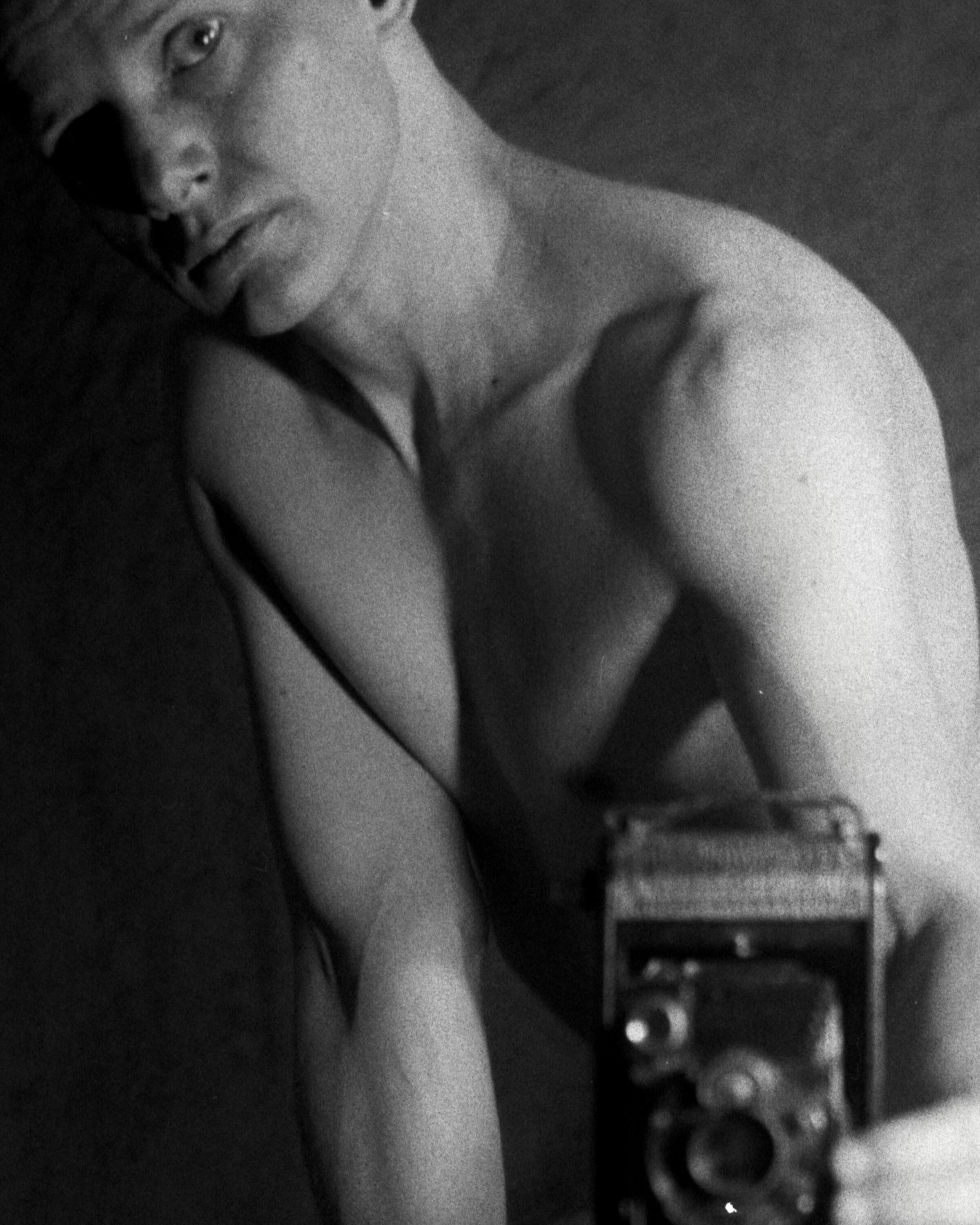
(1920 Kodak 1A Autographic Special, UV light, Fomapan 400, ~1/2s exposure time at f6.8)
It’s not quite what I had in mind, though I might try again with a more traditional light placement. And with my 9×12 camera (the biggest I have) – because another big part of the Daguerreotype look is really just large format’s typical shallow depth-of-field. And the little 127mm/f6.8 Kodak I used here can’t really do that all that well.
Also, the Kodak’s screw thread for the cable release broke off just before I made these, so I had to have one hand directly on the camera. Not the best way to pose, it turns out. That’s also why these are cropped and why the film grain is so visible.
(That Kodak is a bit over 100 years old, so I don’t think there’s warranty on it anymore, sadly. The rest of the camera still works though, so I won’t be writing a letter to complain just yet.)
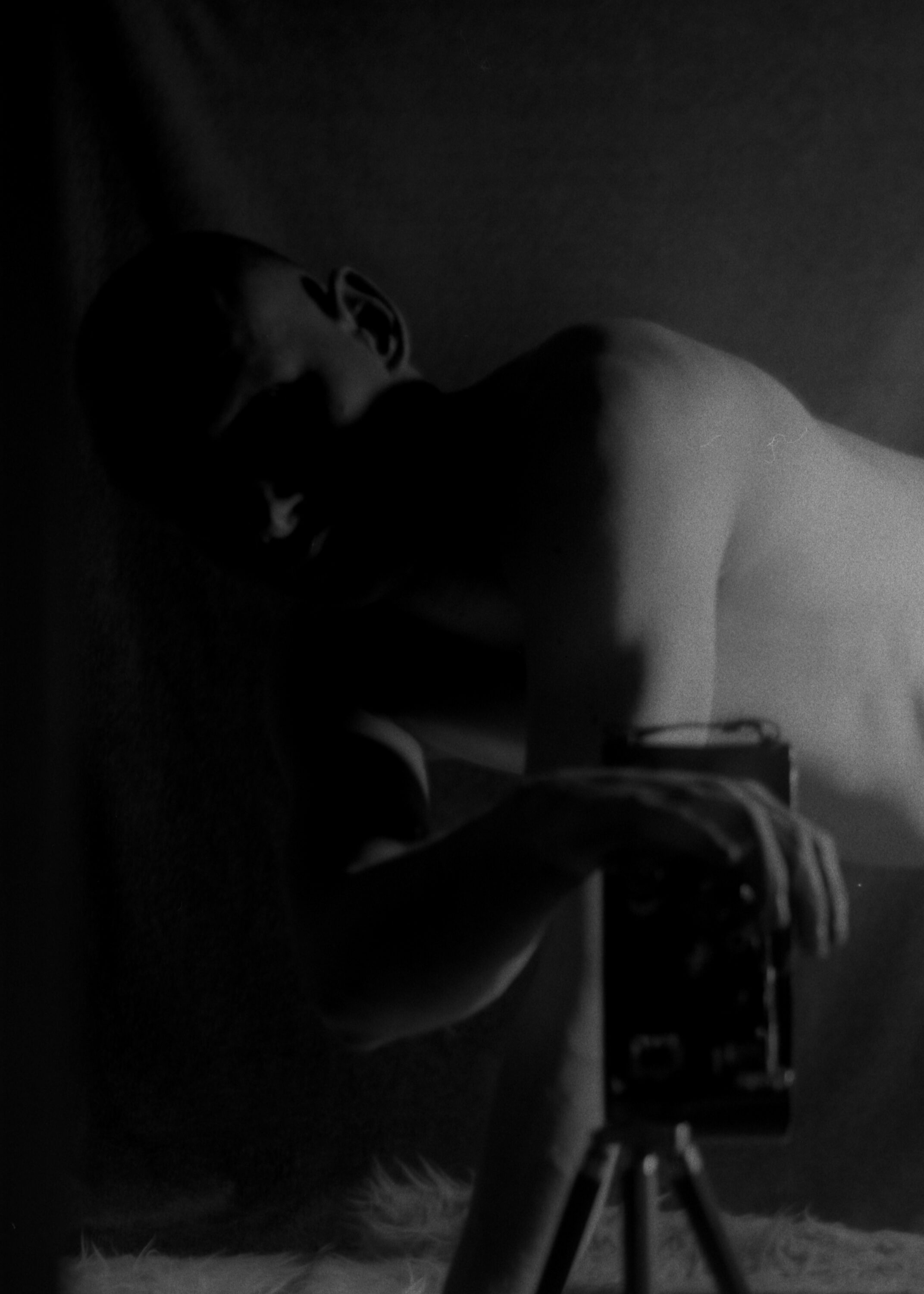
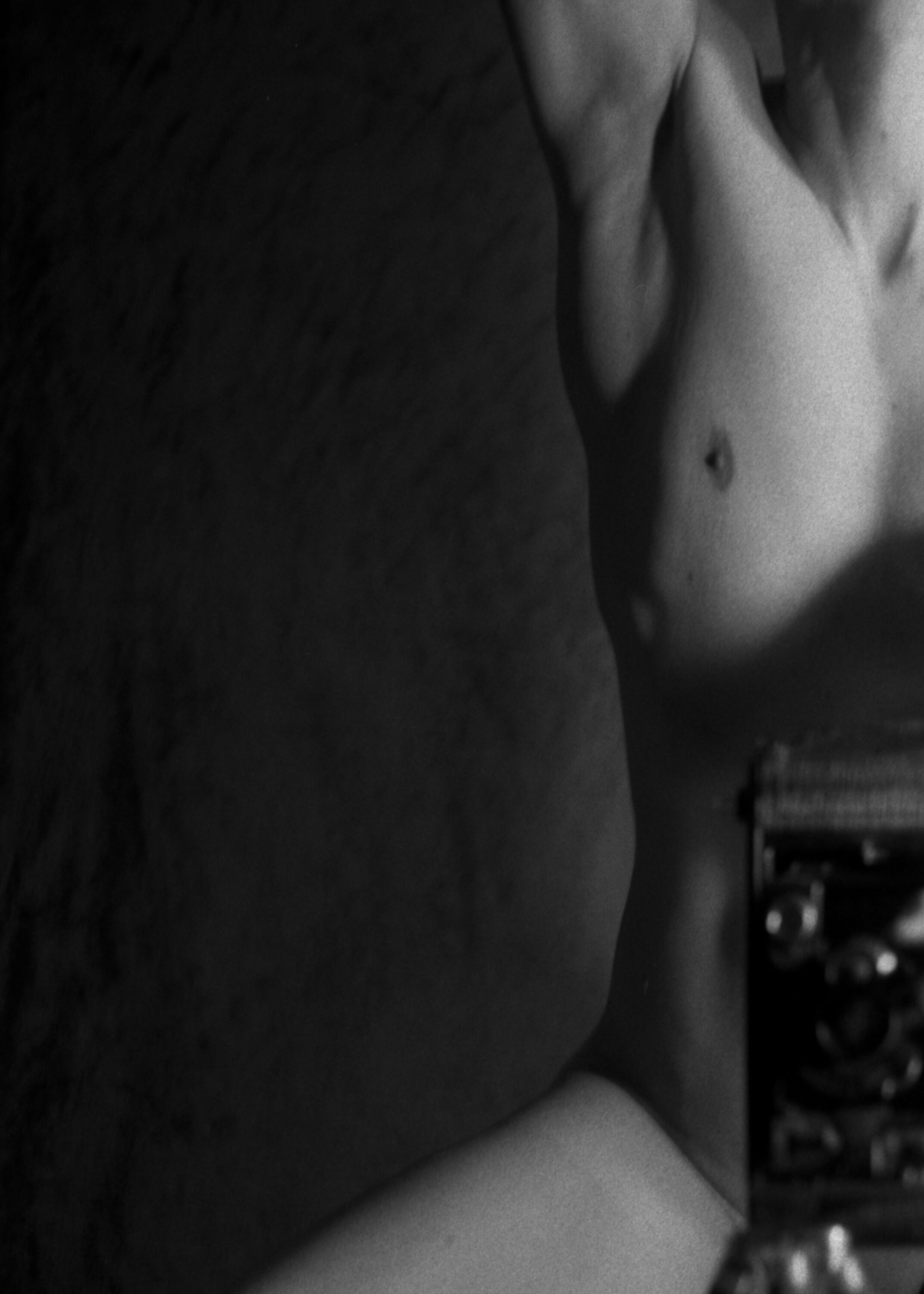
Anyway, will try again, I think I can get this to work how I want it to.
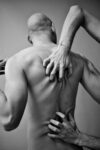
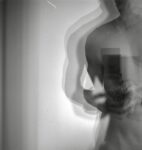
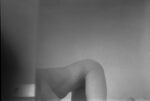

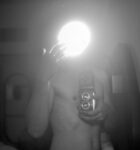
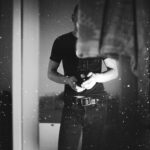
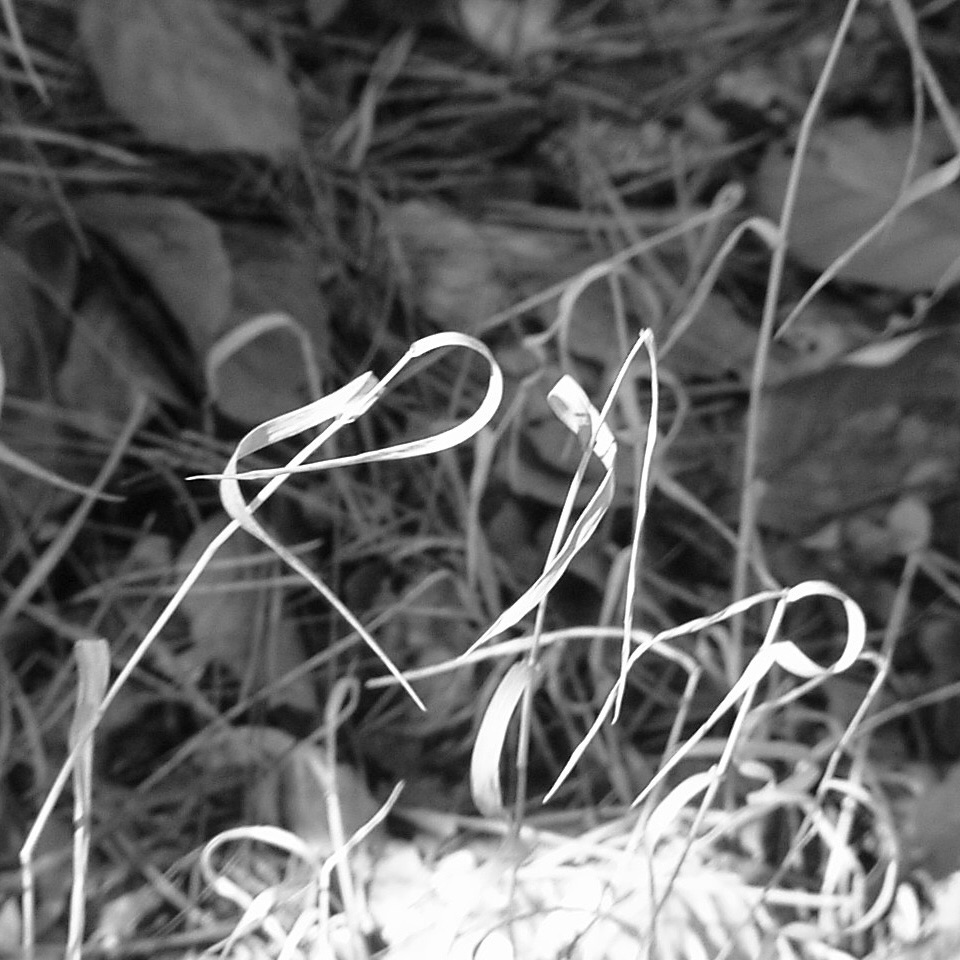
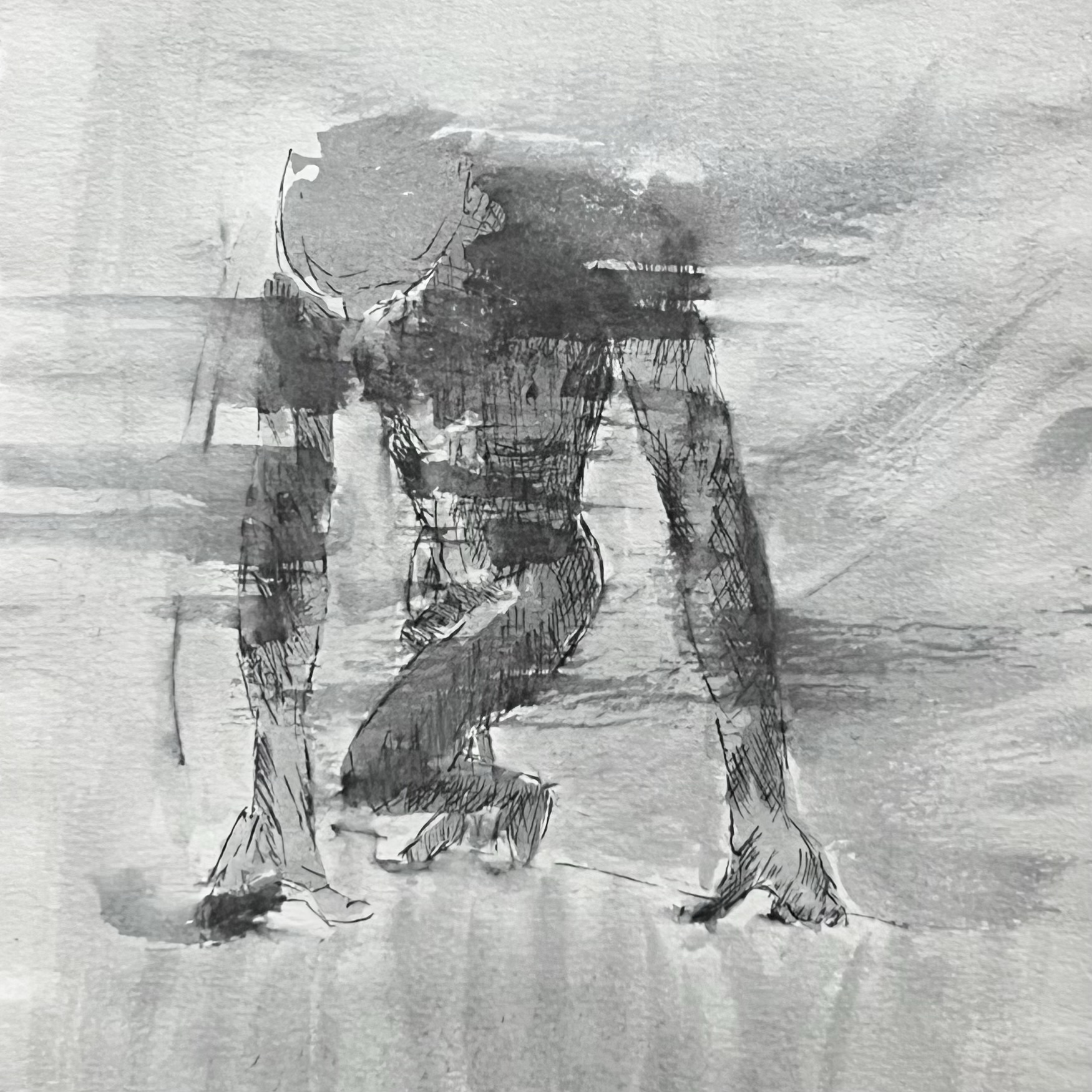
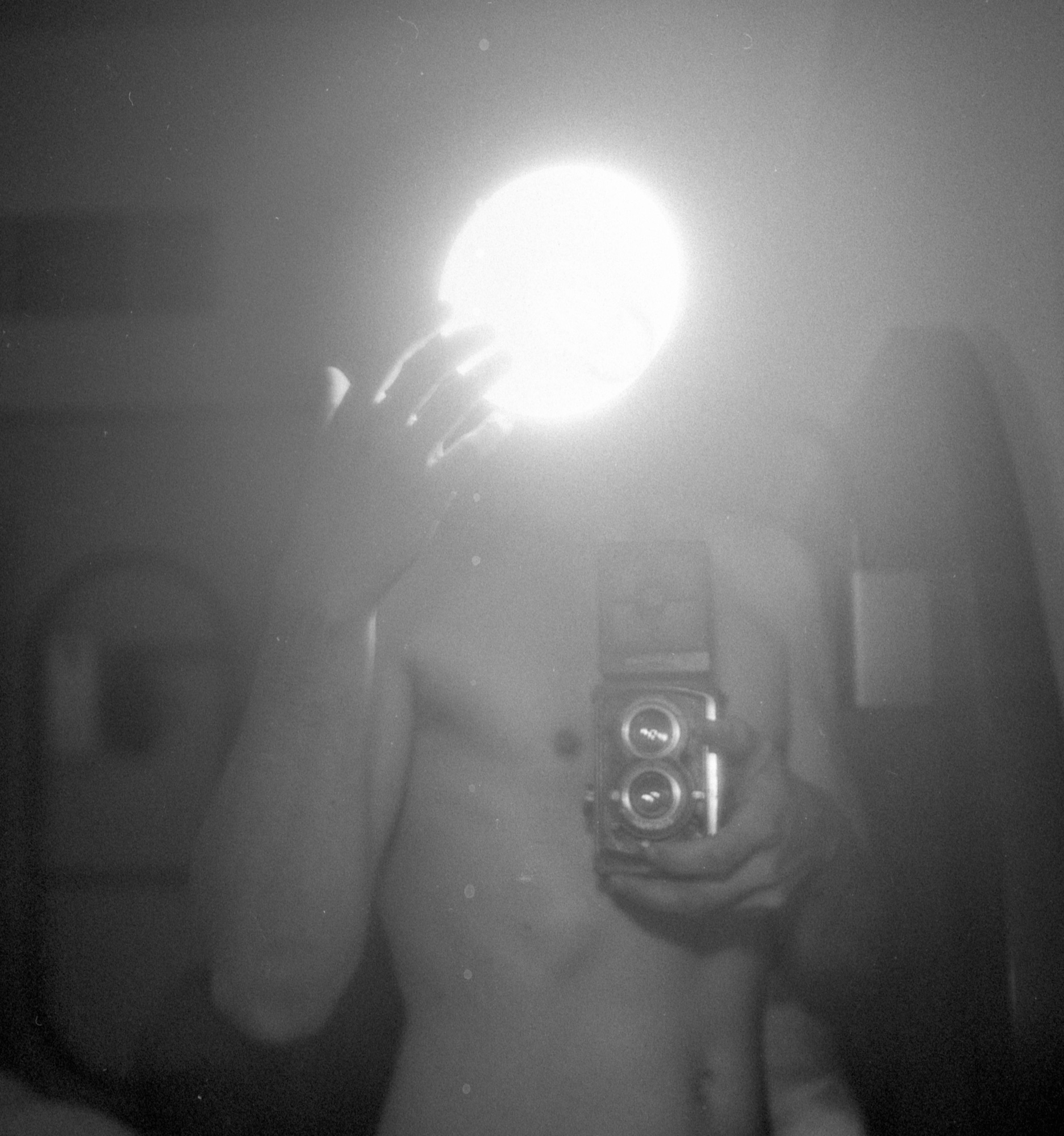
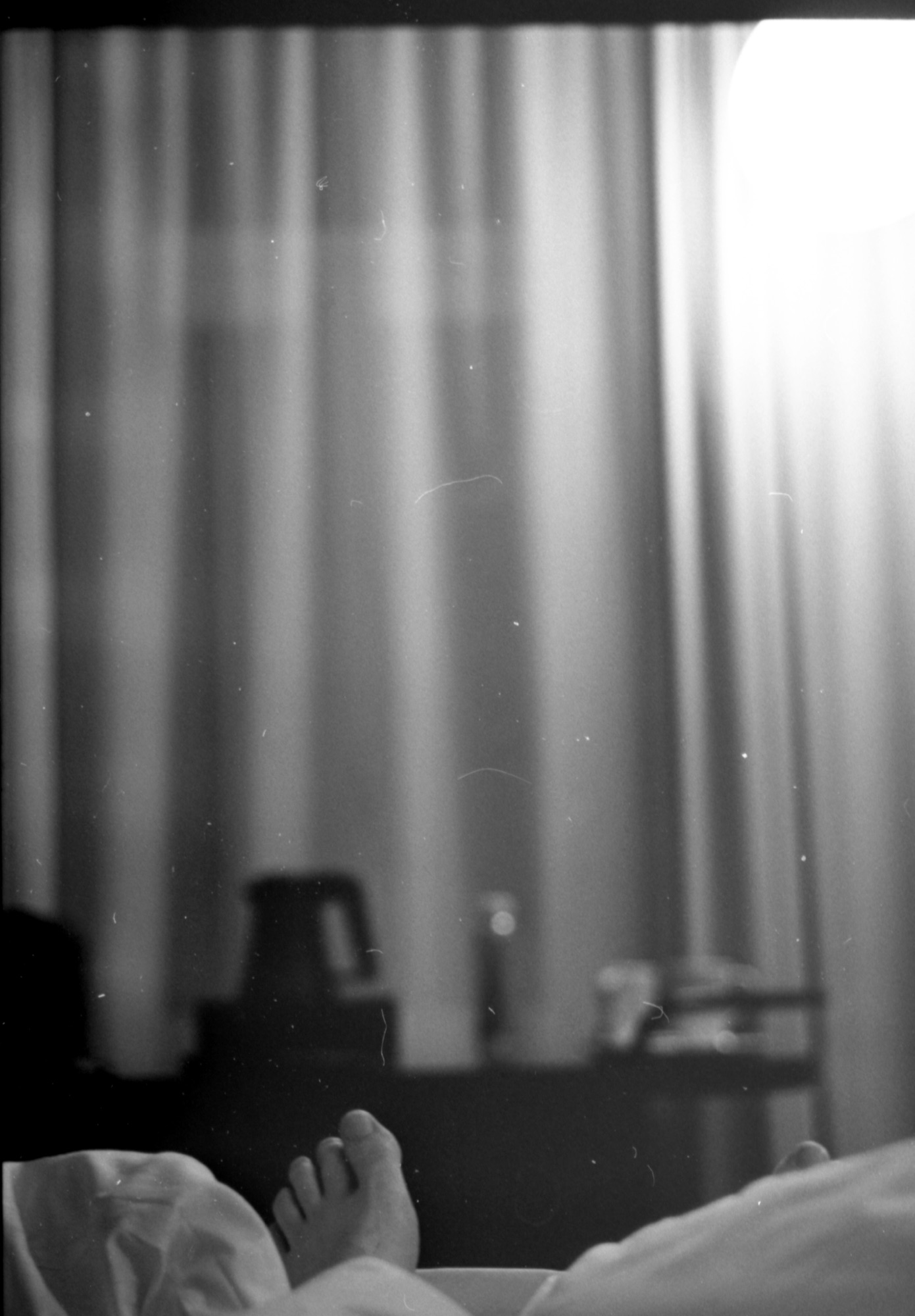
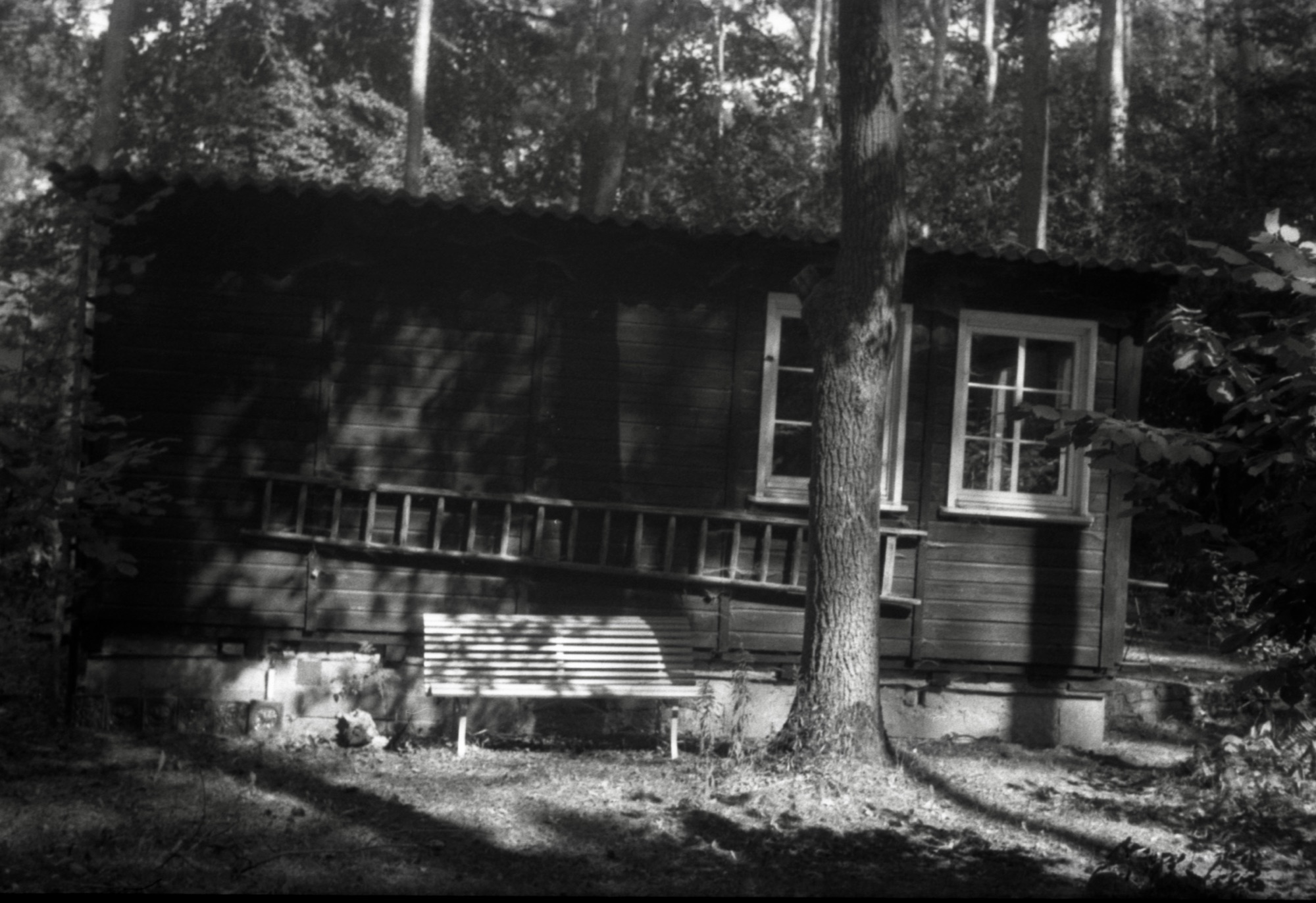

Leave a Reply